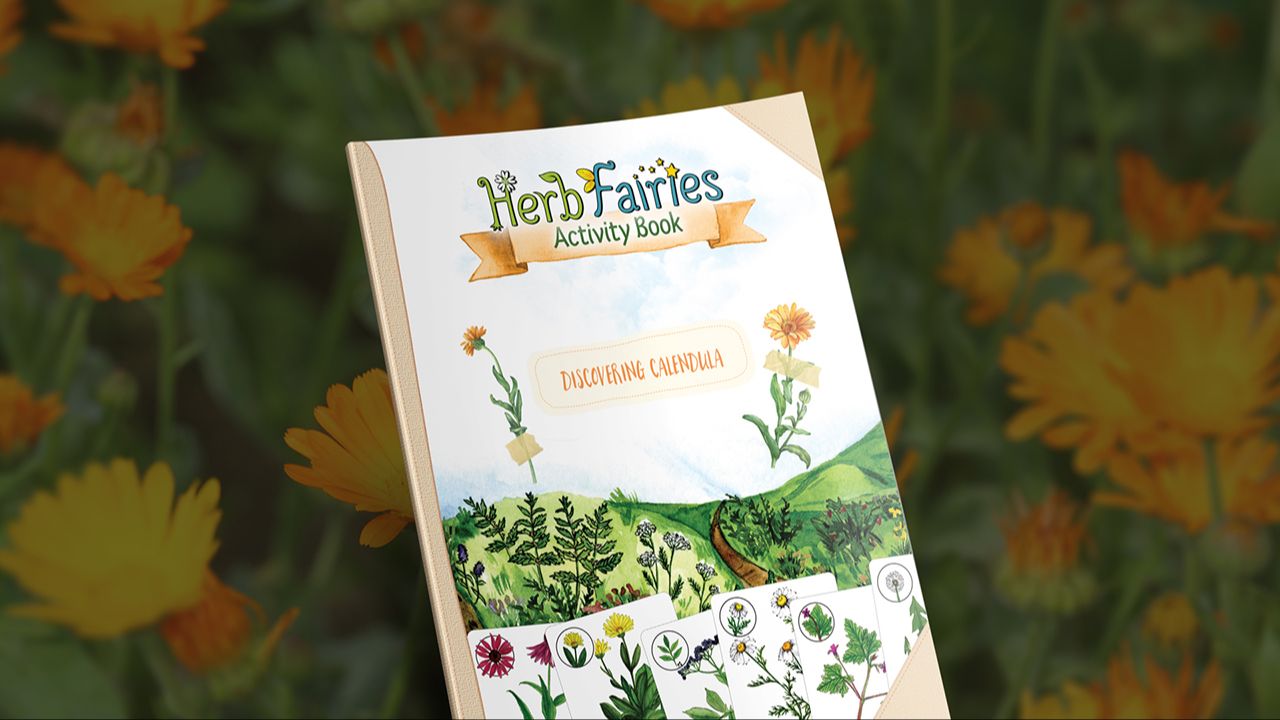
Wild Spring Greens 101
Wild spring greens are an easy way to nourish ourselves, and they have been tonifying people throughout history. Long ago, in the days before grocery stores, wild spring greens were anxiously awaited and a needed resource of vitality.
Many people went all winter long with little to no fresh food in their diet, surviving on preserved, dried, or fermented plant and animal foods, and later, canned foods (in a jar before cans existed).
Though people may have been more active than we now are during the winter, having outdoor chores to do, taking care of animals, chopping wood, and hauling water, it was still a time of less activity. And their bodies would become more stagnant after a diet of preserved foods.
Greens were the first wild plant parts to pop up in the spring, when everyone was anxious for the fresh infusion. Coincidentally, the bitter flavor of many of the spring greens was and is tonifying to the body: helping move out stagnation from the organs, like the liver.
Today we tend to have more access to “fresh” food during the winter but are still more sedentary in our bodies. For those of us who live in temperate climates with a noticeably cold winter, that “fresh” food is usually coming from hundreds to thousands of miles away and often picked before it’s ripe to keep it shelf stable longer. So it’s not as vital as we’d like.

A Wild Greens Oxymel Recipe
This recipe with assorted wild greens is extremely forgiving and a fantastic way to get children and the greens-averse to eat them. Any wild greens will work—some of my favorites are violet, dandelion, and chickweed—just think about what you want the finished product to taste like.
Ingredients you’ll need…
- 1/2 cup coarsely chopped, semi-loosely packed wild greens of your choice
- 1 cup apple cider vinegar
- 1 cup local raw honey
- 2 tablespoons minced herbs for desired taste, like bee balm, mountain mint, thyme, or oregano (optional)

- Dry or wilt the greens overnight, which will prevent the oxymel from spoiling.
- Put the greens in a jar. Cover with honey and vinegar and mix well. Cap with a plastic lid or parchment paper under a metal lid (to prevent rusting).
- Let sit for 1 to 2 weeks, shaking gently daily. Strain into a clean jar (adding more parchment under lid, if metal) and label.
- You can take shots of this as desired, combine it with oil to make a vinaigrette, or mix with carbonated water for a nourishing soda.
Yield: 1.75 cups of Wild Spring Greens Oxymel

Foraging for Wild Spring Greens
Luckily we have wild spring greens popping up all around us. If we have a yard, finding them should be relatively easy. If not, there are other options, like friends’ yards, a community garden plot, or organic/natural farms nearby. Most of these plants grow as “weeds” and people are glad to be rid of them, so they will welcome you to harvest from their land.
While many of these spring weeds are the bane of a gardener or farmer’s existence, they are gold in the world of nutrition and herbal medicine. They’re usually easy to find and easy to harvest. Many of the plants play double time, acting as good food and good medicine. A few of these fresh greens are chickweed, dandelion, stinging nettle, and violets.
When we are foraging and wildcrafting, the most important thing is to have 100 percent% positive identification. If you don’t know for sure, ask someone who does. Plants can be drastically different in various habitats and microclimates.
Whenever possible, we want to harvest the part(s) of the plant that are most vital at that time of year. Spring is the perfect time for gathering tender leaves because the energy is moving up from the roots to create those lush green leaves, full of life and doing their job: photosynthesizing to create food for the rest of the plant (and nutrition for us). They will be best tasting this time of year, before time and heat make them tough and bitter.

Want to Learn More About Wildcrafting?
If you're ready to take your wildcrafting knowledge to the next level, it's time to check out Wildcrafter's Toolkit on HerbMentor. Created by herbalists Rosalee de la Forêt and Emily Han, Wildcrafter's Toolkit gives you the foundational knowledge to gain confidence and practical skills as a wildcrafter and forager. You can find Wildcrafter's Toolkit on HerbMentor, which is LearningHerbs' online herbal learning platform. Check out Wildcrafter's Toolkit on HerbMentor for just $1 here.
Sustainability and Ethics
A note on sustainability and foraging/wildcrafting ethics: there are several different species of some of the following plants. Some are in abundance and some are not. Before harvesting, research the species near you to make sure it’s not threatened. It’s always a good idea to look around and be sure there are several large patches (7 to 10 or more plants per patch) before harvesting. That can be deceptive in some areas of high biodiversity.
A good resource to check is United Plant Savers’ Species At-Risk List. Always harvest only what you need and can reasonably work with in the time you have.

Chickweed (Stellaria media) Benefits
First, my favorite wild spring green: chickweed. There are various species of this green in the Stellaria genus. Stellaria means “star” and the petals look like white stars, with their tiny divided petals in a star shape. Interestingly, the plant is in the carnation family, Caryophyllaceae. It has small oval leaves that come to a point at the end and grow directly opposite each other on the stem.
Common chickweed (Stellaria media) stems can have a unique pattern of tiny (you may need a magnifying glass or jeweler’s loupe to see it) hairs growing vertically down one side of the stem.1 At the joint, where the leaves join the stem, the hair will move to another side of the stem. This is a unique characteristic that can be helpful in identification.
I harvest chickweed by taking scissors and cutting the stem above the second pair of leaves from the bottom; this allows for regrowth of the plant. It likes to grow in clumps in gardens or other areas with partial to full sun and that stay at least slightly moist. If you live in a climate that doesn’t get too cold, they’ll pop up when the temperatures start to cool, stay out through the winter, and disappear when it gets hot out.
Chickweed is delicious with a mild, never bitter taste. So it’s not as tonifying for the liver, but great for other benefits like supplying a good amount of protein and magnesium, along with vitamins A and C like other leafy greens. With its mild taste, it makes a great addition to salads or as the base for wild greens pesto.
Chickweed is cooling and, though Eurasian in origin, several Native North American tribes have employed it topically for hot conditions, as a decoction wash for sore eyes, or a poultice for swelling, cuts, and wounds.2 I often add it to my salves for this reason. Because it’s so full of water, it doesn’t dry well, so is best to tincture fresh. It’s known in modern western herbalism for its clearing effects, increasing metabolism and reducing water weight, eliminating fat deposits and reducing cholesterol and abscesses and boils.3,4

Dandelion (Taraxacum officinale)
My next favorite wild, weedy spring green is the beloved dandelion. Not beloved to many, but definitely beloved to the bees. Dandelion flowers are one of the first foods of the year for our threatened pollinators, which is a great reason to let them grow, besides being a nutrition powerhouse. The leaves and flowers are incredibly high in vitamin A; an adult male can get more than the daily recommended amount of vitamin A from 1/2 cup of greens.5
The younger the dandelion greens, the less bitter they are. The flowers and the greens are wonderful fried or baked in fritters. A popular Slovenian salad, regrat, consists of dandelion greens, potatoes, garlic, vinegar, and olive oil—lemon juice also tastes great in this recipe.6
Medicinally, dandelion root (and leaves, too) are a well-known liver tonic. Early spring, when the plants are just starting to come out of dormancy, is the best time to dig roots. They can be dried and pan roasted briefly, then made into a tea decoction for a rooty tonifying tea, or added to other bitter and carminative herbs for a bitters tincture blend in alcohol or apple cider vinegar.

Violet (Viola spp.)
One well-known wild spring plant was the original symbol of Valentine’s Day: the violet. Its heart-shaped leaves are easy to recognize, along with its five-petaled often purple, sometimes white or yellow flowers. Violets grow in various habitats, depending on the species, from grassy lawns and meadows to partially sunny woodlands. The leaves and flowers of all violets, in the Viola genus, are edible. That’s not true of the African violet, though, which isn’t a true violet (in the Violaceae family) at all.
There are some look-alikes for violets. One helpful characteristic is the way the leaves come to a point at the end, just like a heart. Not all species of violet do this, but many do, and not many other herbaceous species do. Most species also only have basal leaves, or leaves just coming from the base of the plant (like dandelion).
The leaves have a mild taste and are mucilaginous, with helpful demulcent properties for dry coughs when used in a cough syrup. However, they can also cause diarrhea if eaten in excess. So when I’m adding them to a salad or pesto, I add them in a smaller ratio than the rest of the greens.
They have a cooling energy and, when combined with the demulcent properties, are soothing topically for hot skin conditions, in poultices, washes, oils, and salves.7 Violets are also a lymphatic internally and externally.
Returning to the violet’s Valentine’s popularity, its heart-shaped leaves have traditionally led to it being utilized for an emotional and spiritual heart tonic. Its cousin, the pansy or Johnny jump up, has been called “heart’s ease” even though it doesn’t usually have a heart-shaped leaf, because it also has a history as a spirit soother. If you want to get fancy, try candying violet flowers to put on a cake or cupcakes, or freeze the flowers into ice cubes.
The wild edible greens (and flowers) we’ve talked about — chickweed, dandelion, and violets — would make a deliciously beautiful salad. I also like to use wild spring greens in an oxymel, or vinegar and honey syrup.
There are so many more plants out there to forage, like nettles, wild onions, and wild mustards. Do your research, find a local plant walk near you, and consult regional field guides (such as the Peterson Field Guides) to learn more. Remember to only take what you need and make sure the plant is in abundance first. Give thanks for wild abundance and the gift of deep nourishment.

Here are some frequently asked questions about wild spring greens...
What meals can I put these edible leaves in?
Spring greens taste great in pasta dishes, in a green salad, and mixed in with a saute of other spring vegetables. A salad with spring greens, smoked salmon, lemon juice, black pepper, and olive oil is particularly delicious all combined in a salad bowl. Or enjoy a simple bowl of greens with lemon juice and olive oil as an easy-to-make seasonal salad.
What is the flavor profile of seasonal spring greens?
These nutritious greens have a variety of bright flavors. Some greens, like mustard greens, have a spicy flavor. Some are bitter like dandelion greens. A blend of greens all make for a wonderfully vibrant salad.










